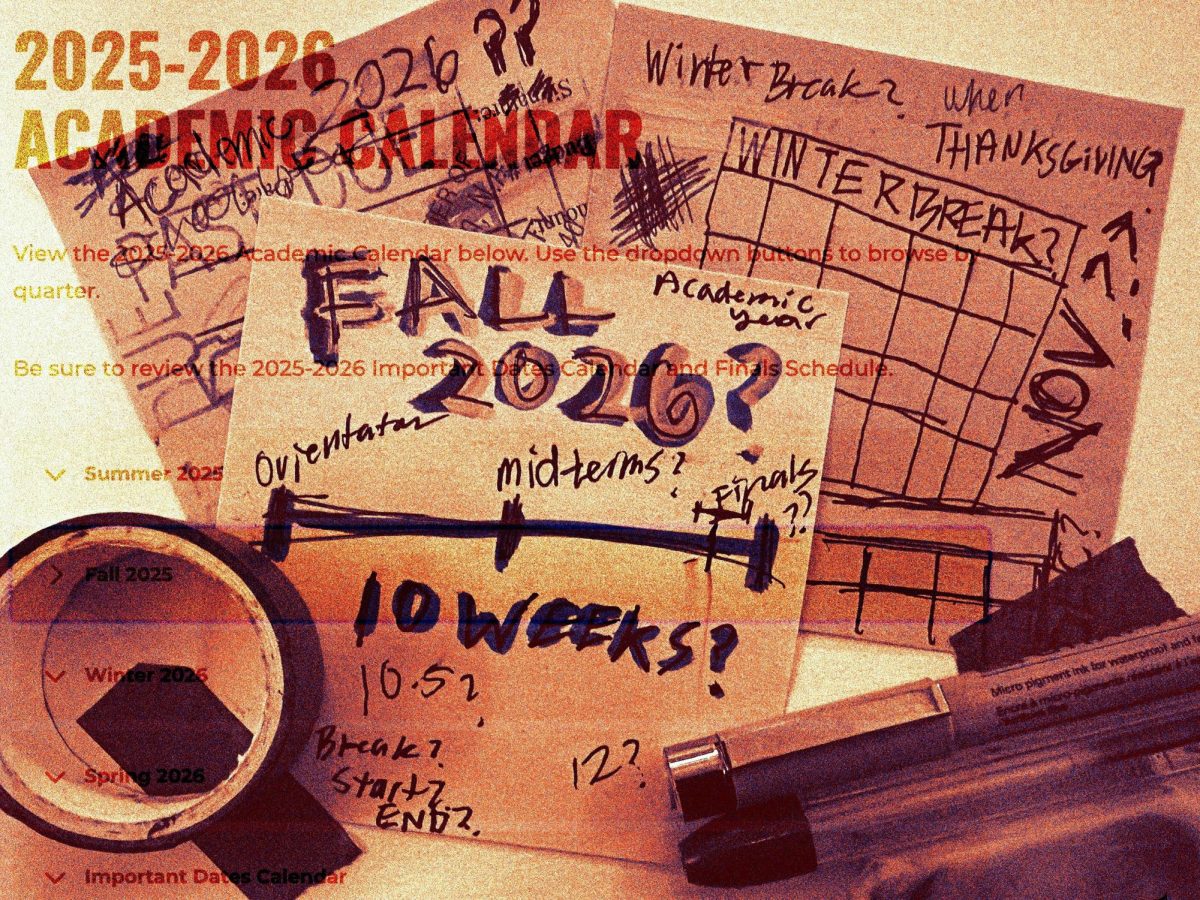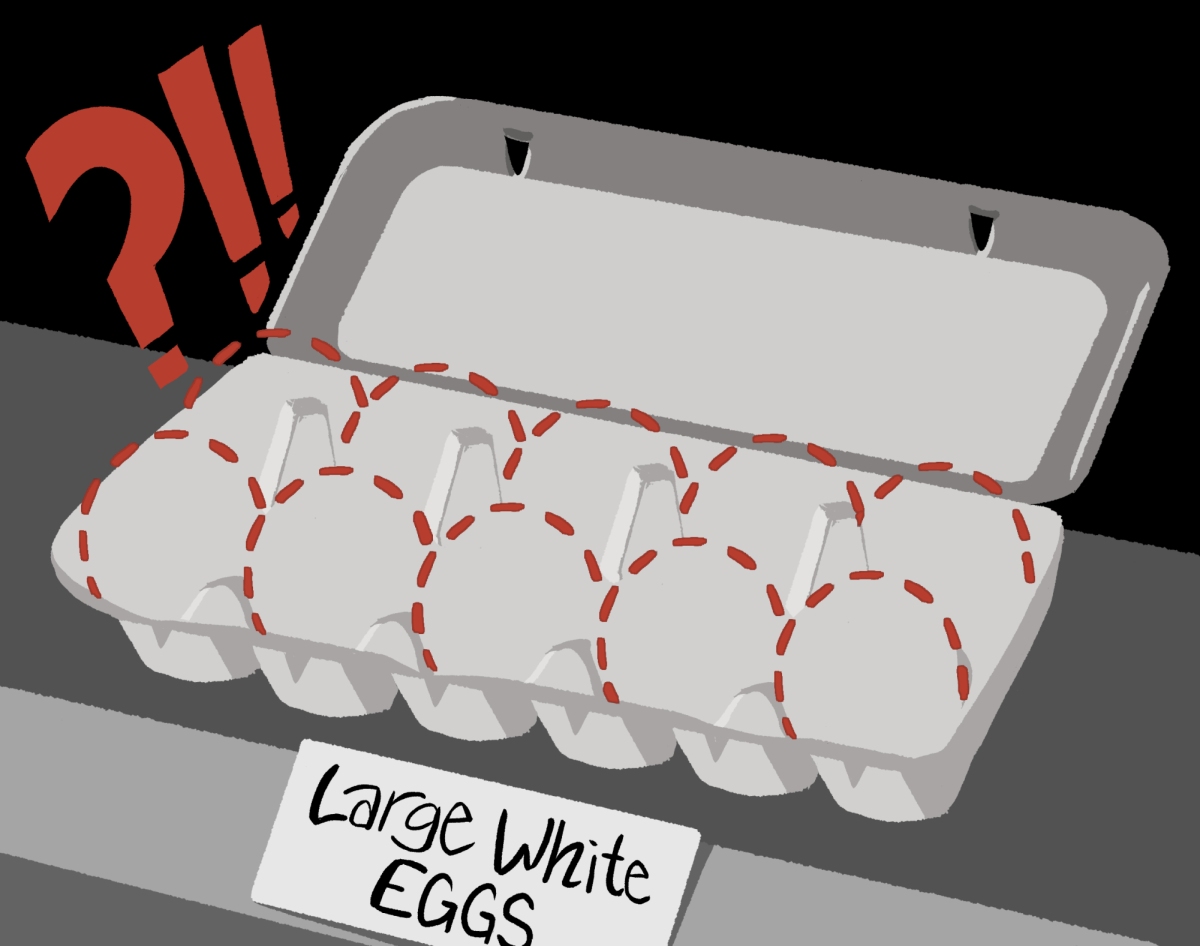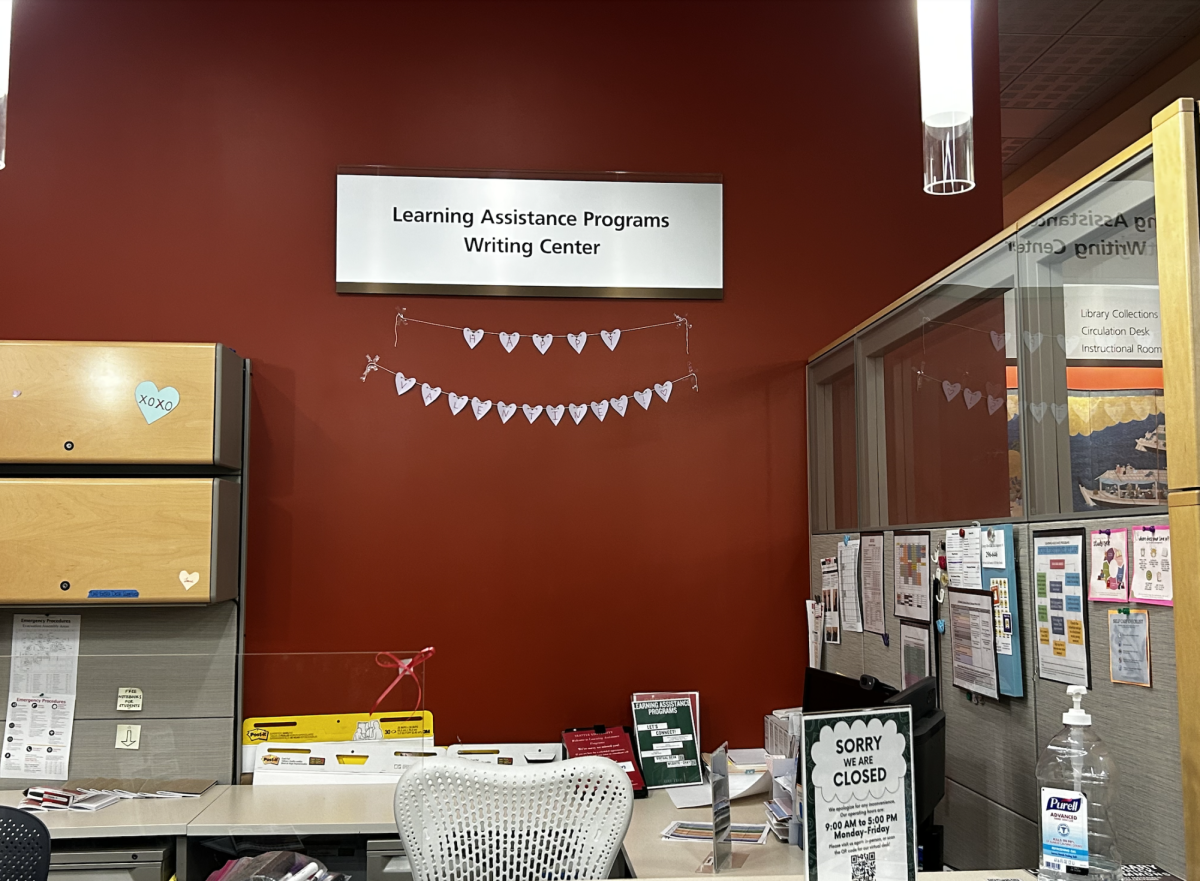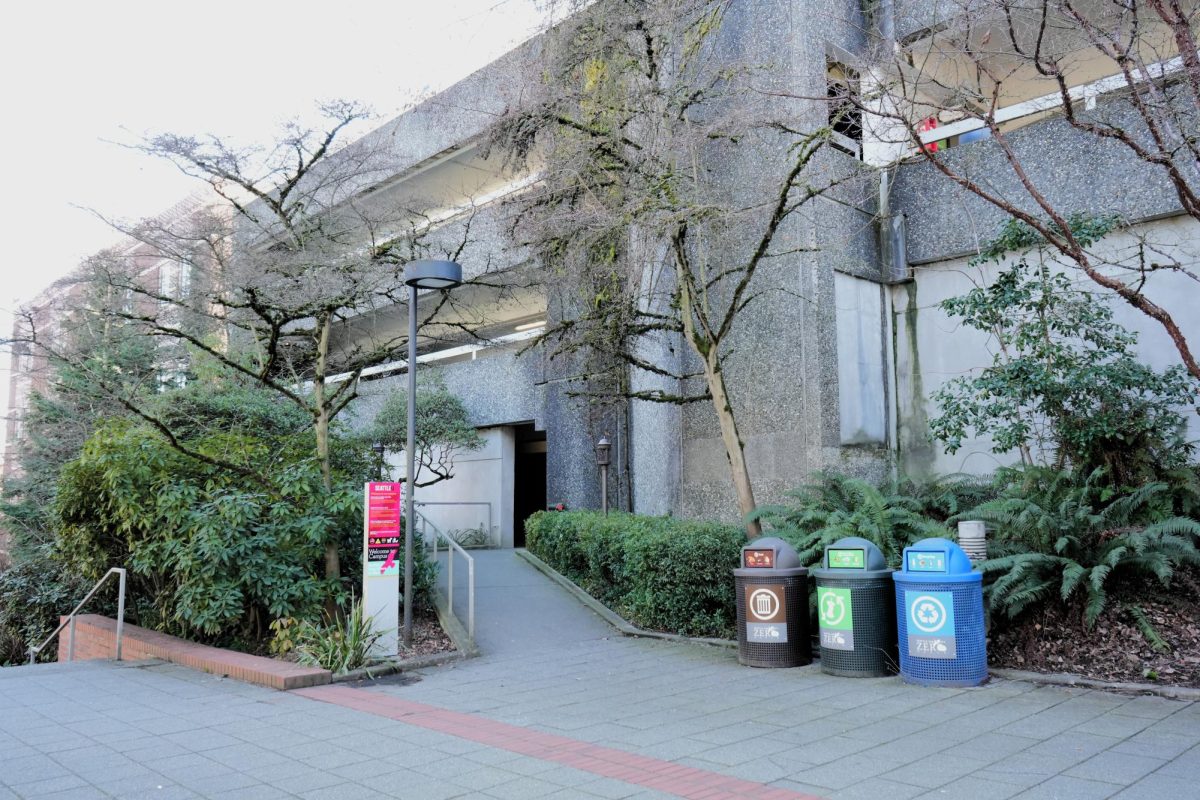After travelling through the long and often-tangled bureaucratic structures at the university for a year, the Board of Trustees officially approved the merger of the Matteo Ricci College with the College of Arts and Sciences earlier this month. The smallest college on campus, home of just three majors, it’s been criticized for being too small for an independently-run college. Interim Provost Robert Dullea recommended the merger in May of 2017.
In May of 2016, a group of Seattle University students protested for changes to the college’s “culture, curriculum and climate.”
Known as the Coalition, the students demanded the college dismantle structures that upheld racist, sexist and Eurocentric principles. After the Coalition came together, the Matteo Ricci Task Force was created in order to rebuild MRC. The small liberal arts college underwent its first ever program review in 2017. Many other changes have been made since the sit-in, but the merger is one of the most notable and historic in terms of institutional change.
“Matteo Ricci’s really a good fit, I think, for Arts and Sciences because of the humanities. You know, we have several humanities departments,” said David Powers, Dean of the College of Arts & Sciences. “What Matteo Ricci does is they teach the humanities in an integrated way so that it’s not the approach of any particular discipline in humanities, but this will allow a lot more connection between that program as a humanities program and the particular disciplines.”
Another program on campus, interdisciplinary liberal studies, shares a lot of overlap with the MRC’s humanities for teaching and humanities for leadership programs. Powers hopes to have a clearer roadmap for students deciding their degree, in effort to better understand which degree is best suited for them.
“One of the things we need to do is, and one of the things we’re already working on is to have a template that’s clear for students about ‘Here’s what this choice means’ and ‘Here’s what that choice means.’ If there’s a place where there’s sort of overlap in the degrees that are already offered, that’s probably one of the areas of biggest overlap,” Powers said.
Unique to the programs offered within MRC is the shared core curriculum that the entire cohort comes together to learn. Changes to that particular core is one of the biggest recommendations of both the Coalition and the Task Force. The goal of the changes was to be more focused in social justice, and the solution that came to fruition is the new peace and justice studies-focused humanities core curriculum. This decision solves one of the problems that MRC is currently experiencing.
“We’ve been sort of limited in our ability to recruit for certain programs because of certain decisions around curriculum. Some of the recent decisions around refreshing Matteo Ricci core is an example and moving it into more of a peace and justice studies realm,” said MRC Professor Audrey Hudgins. “Now that that’s sort of through the wickets we’re able to share that information with prospective students, and we think that Matteo Ricci core that reflects the peace and justice studies emphasis is going to be very attractive for students.”
Tenure lines are something that Powers will look into establishing for the program once it’s been absorbed into Arts & Sciences. But for the time being, faculty are deciding upon the new leadership in the program once it’s been incorporated into the College of Arts & Sciences. By the end of this upcoming week, Powers hopes to have a clearer idea about where Matteo Ricci College’s Interim Dean Paulette Kidder will be within the new program. The new director will be involved with the decision making of the new student executive assembly that will be decided for the upcoming school year.
When MRC merges with the College of Arts & Sciences, it will also adopt CAS’ pre-existing shared governance structures.
“In being part of Arts and Sciences, it brings them into a more robust shared governance sort of standardized system. In being by themselves for so long they had developed their really sort of idiosyncratic, unique, we’ll say maybe, ways of working that sort of didn’t fit well,” Powers said. “The kinds of academic freedoms and shared governance that you expect to see more in universities, and so having that standard process and support. It’s a lot more work than people know to be a college that size and have the same sort of responsibility sets and expectations that are set for bigger colleges.”
The merger has been met with its fair share of criticism. Some believe that the merger will not solve the already existing systematic and explicit issues with the college, while others believe that this is an easy solution to a bigger problem. That said, many are slowly beginning to get on board.
“I think at first I had some mixed feelings about it, because I had enjoyed my time in MRC but when I realized that others weren’t receiving that same kind of environment that MRC had provided then I became a lot more on board with the idea of them merging,” said Shelby Hackney, humanities for teaching and political science double major. “It seems like a lot of the nature of what MRC is and the really great things that they do will continue to happen, it’ll just be under kind of a different name.”
Rania may be reached at
rkaur@su-spectator.com







